Question ID: 2000-7089-0-2-4-6
Recipe Description
I used:
The Boots Book of Home Wine Making & Brewing (New and revised edition 1978) Recipe 119 PLUM (dry)
42 red/black plums (4.5lb in the book, but I have no scales)
245g red grape juice concentrate (1/2 pint in the book)
1 Kg white sugar (2lb in the book)
1 tsp citric acid (juice of a lemon would be fine instead)
1 cup of strong tea (1/2 tsp of tannin in the book)
1 tsp pectolase
Campden tablets
1 tsp yeast nutrient (ammonium phosphate & sulphate)
1 tsp Super Wine Yeast Compound (i.e. yeast and nutrient as above, which in retrospect I didn't need...)
A 5 gallon / 25 litre bucket, with snap-on lid.
Electric blender (optional)
A long spoon
Two 1 gallon / 5 litre demis
1 fermentation lock
Siphon tubing
Examine your plums, remove stalks, leaves and any which you would not eat (i.e. under ripe or mouldy)
Add plums to a food-grade bucket, and cover with boiling water (~ 5 pints or ~3 litres). This cleans, sterilises and softens the fruit. When cooled pour off the water.
Fun-part:
Wash your hands and squeeze out the stones, this will leave you with plum-mush and sticky-fingers.
Add ~3 litres / 5 pints of cold water, and blend until 'soupy'. If you're not going to use the blender, just ensure the plums are well mushed.
Add 1 cup of strong tea (of the "English Breakfast" type, no milk, no Earl Gray) otherwise tannin if you have some.
Add 1 tsp of citric acid, or the juice of a lemon (as opposed to bottled lemon juice)
Add 1 tsp pectolase. This should 'digest' pectin within the fruit, which will otherwise give a hazy finish to the wine.
And finally, the book recomments 1 Campden tablet.
In water, these produce sulphur dioxide to sterilise.
Put the lid on the bucket and leave overnight.
Add a tsp each of yeast nutrient and wine yeast (beer / lager yeast is not advised). Or, if like me you've got the wine yeast compound (with nutrient) a large teaspoon of that.
Also add the grape juice concentrate at this stage. Note that this is a concentrate.
Stir this mush twice a day for 5 days.
The brew will tell you it's OK by releasing gas (esp when stirred), and you'll find that the yeast clumps the fruit pulp together. If this doesn't happen you're in trouble...
Filter off the fruit pulp and yeast, I used a sieve & a funnel.
Dissolve half the sugar (~1lb ~500g) in a small amount of boiling water (probably only ~100ml).
When your sugar syrup is cooled to 'warm' add to your brew.
There will be enough yeast left in the brew to continue.
Fit a fermentation lock and let it go for a few weeks (see next step)
You should notice a couple of things:
Bubbles rise in the brew.
Gas escapes through the fermentation lock, making a 'glop' noise.
When this slows down after a few weeks add the rest of the sugar, as in step 5, and let it go again.
When fermentation is complete:
No bubbles rise in the brew.
No gas escapes through the fermentation lock.
Yeast starts to settle to the bottom.
The pictures used here are of a batch which was made with white grape juice concentrate, the previous images are of a batch made with red
Decant or siphon the wine from the yeast at the bottom, into another demi.
Alternatively transfer into another container, clean the demi & return the wine
At this stage the verdict was:
"Fruity but a bit yeasty, very promising"
I added 1 Campden tablet, to 'deactivate' any remaining yeast, and as a preservative.
If you wait long enough all the suspended material will settle to the bottom & you can decant off delicious clear wine. The lasts picture show the wine after 1 week intervals, it did clear after a couple of months.
It turned out rather good, but lacked tannin. And independant opinion was "would go well with fish". Nice and fruity, but lacked the balance of wines we're used to drinking.
Question & Answer
Question: Choose the best image for the missing blank to correctly complete the recipe.

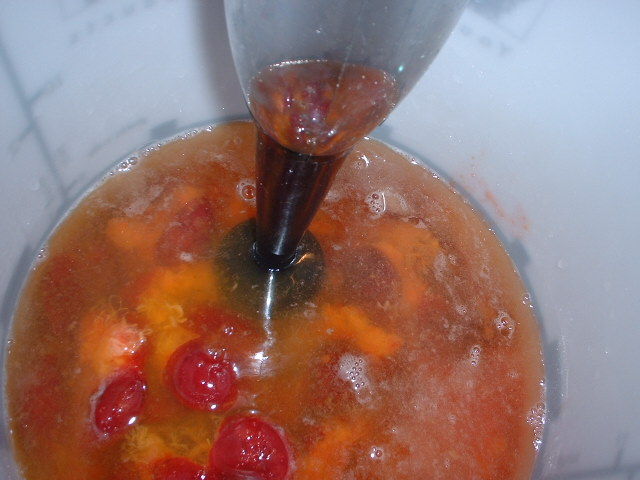
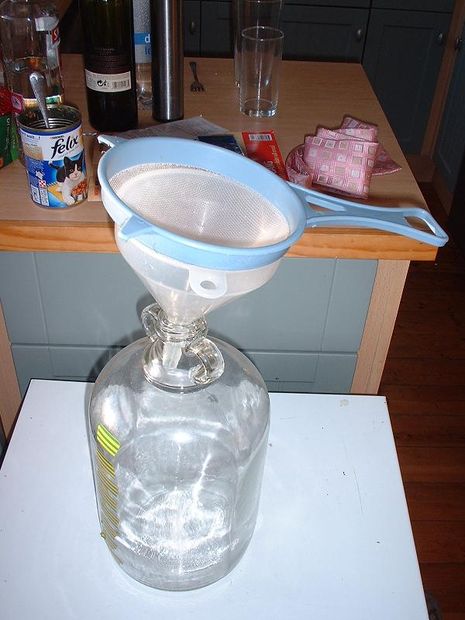
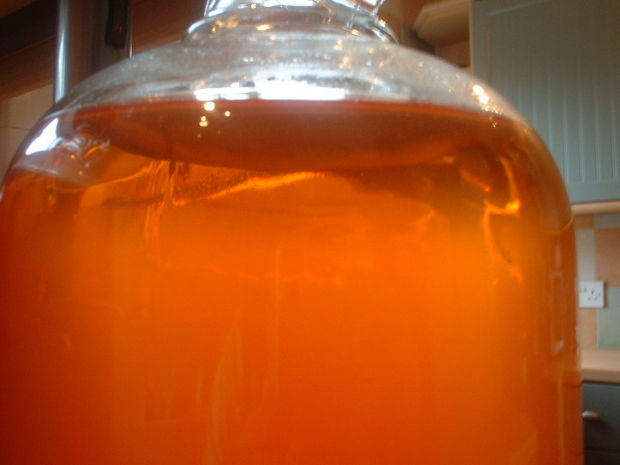
Choices:
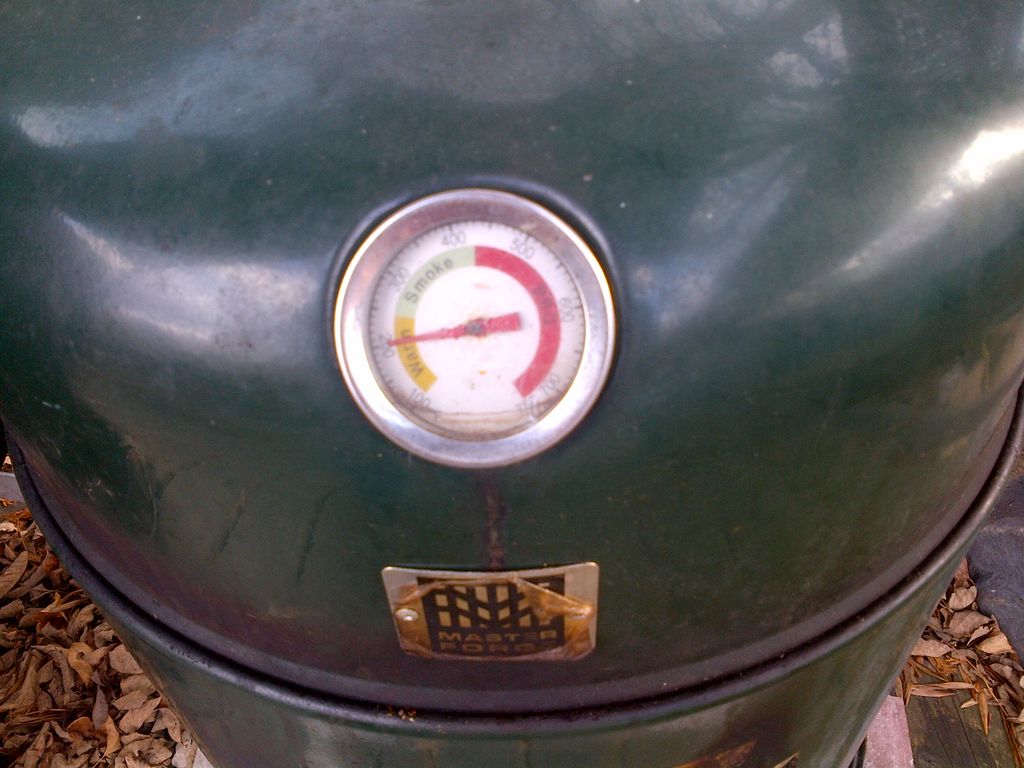 |
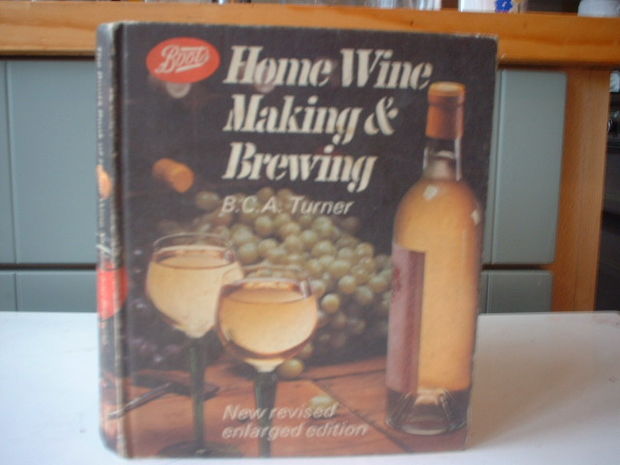 |
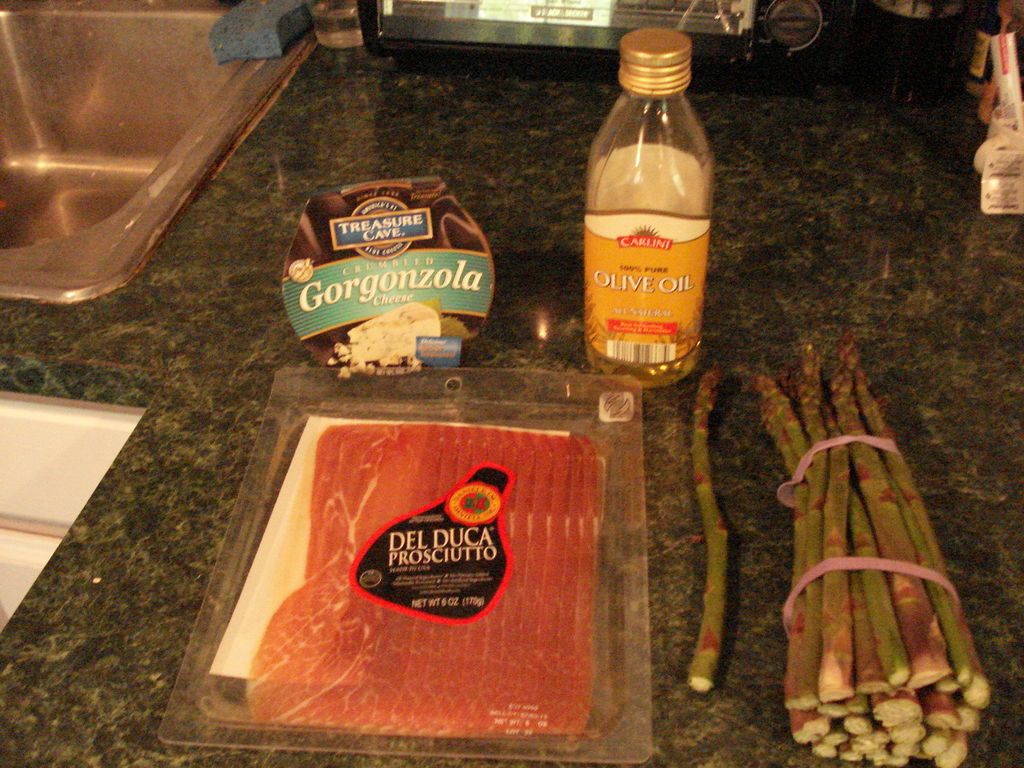 |
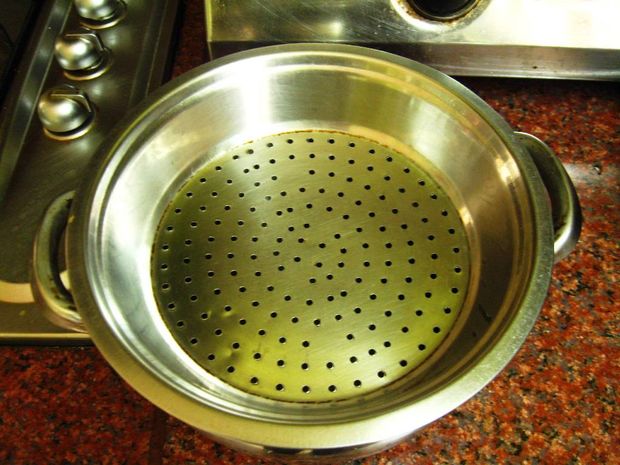 |
|---|---|---|---|
| (A) | (B) | (C) | (D) |
 |
|---|
 |